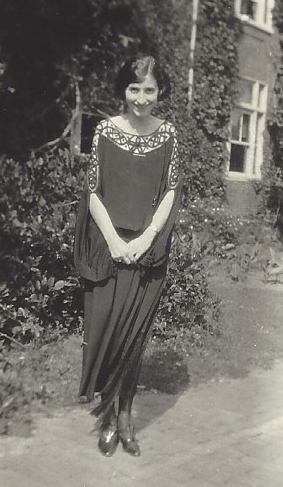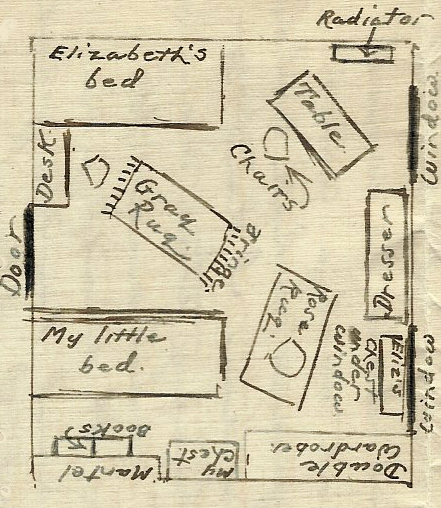Volunteering for Civil War service, three of the young men enlisted at Atlanta – but not with the Confederate Army, for this was Atlanta, Illinois, a tiny town about 45 miles from Springfield, where the fourth had enlisted. Two of them served in the same regiment, and all probably knew each other. Three wrote letters home to the same friend, a local farmer whom one entrusted with his pay and the settlement of some debts. Three survived the war; the fourth did not.
Letters of these four from Illinois – Edgar Brooks, Henry Gardner, William Lawless, and Jefferson Sullivan – were recently loaned to the Manuscripts & Folklife Archives of WKU’s Department of Library Special Collections for scanning and posting to TopSCHOLAR, our digital repository. They give us a vivid glimpse of each writer’s experience of the war after he found himself thrust into the heart of Confederate America.
Serving with the 7th Illinois Infantry, Brooks and Lawless wrote from Tilton, Georgia and Corinth, Mississippi. Brooks chronicled his movements in June 1862 through Tennessee, remarking on the fortifications, both natural and man made, around the embattled city of Chattanooga. General William T. Sherman, he marveled, “had to fight over nearly all of this god forsaken Country.” Confederate raiders were attacking the railroads and setting fire to nearby bridges; nevertheless, Brooks witnessed two or three trains “every day loaded with our wounded a going north and also two or three trains loaded with Rebel Prisoners.” Two months later, his comrade Lawless reported from camp near Corinth of the same problem with “Gurillass” tearing up the tracks, but had resolved to take a risk and send his pay home on the train rather than “spend it and get sick on trash.” He had mixed feelings about the handful of young men still at home, supposing they had stayed to get married and tend to their farms, but “if I was a girl I would not have them they should show their spunk first.”
Though Gardner and Sullivan were not as literate as the other two, their letters were no less evocative. Like Lawless, Sullivan was envious of the folks at home. From Camp Stuart in Virginia, he worried that his wheat crop would fail—“if that is so I am Busted”—and that the local girls had forsaken all the young men who had gone off to war. Then, some four months later, came Gardner’s letter, written early in January 1863 at Murfreesboro, Tennessee in the aftermath of the Battle of Stones River. “I have just gon thro one of the moste terable Battle that has ever bin fought,” he told his father and sister. He described at length the “mitey worke” of death across the broad battlefield: the hissing bullets, the “oful peals of the monster cannon,” the men with mangled limbs, and the bodies “tourn in peases” as Confederate forces ran into the “Blast of leade and hail” brought to bear by Union General William Rosecrans. Despite some “clost escapes,” Gardner had not suffered “a marke of eny kind from my enemy.” He would, however, die of wounds the following October, possibly suffered at the Battle of Chickamauga.
Click on the links to access finding aids, full-text scans and typescripts of these letters. For more Civil War collections, browse here or search TopSCHOLAR and KenCat.




